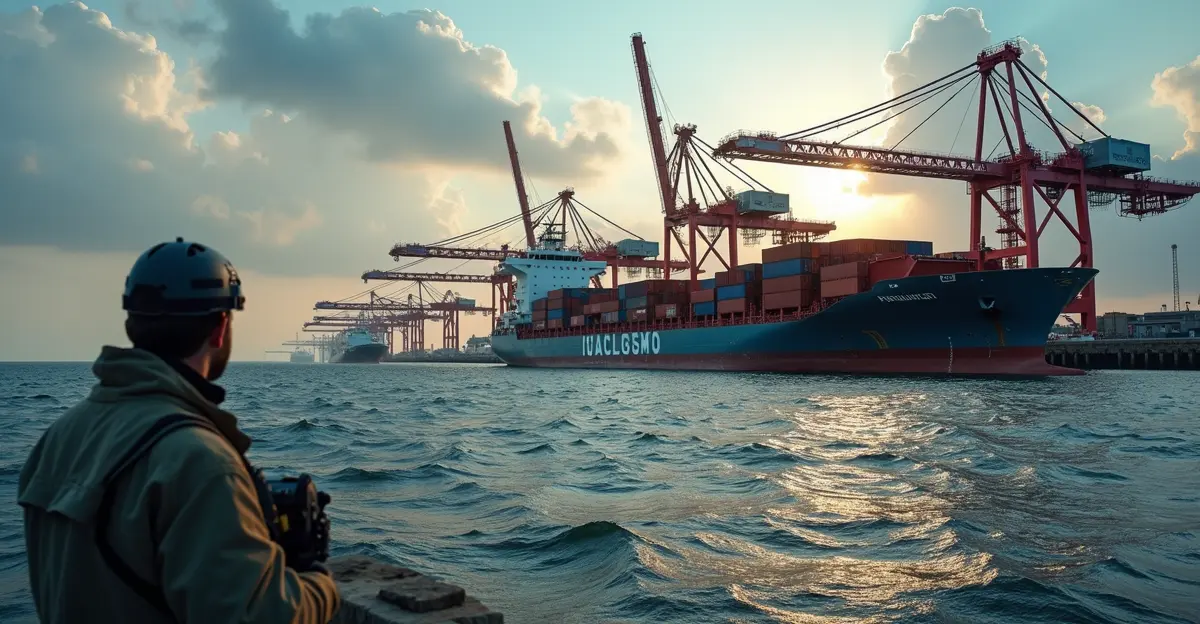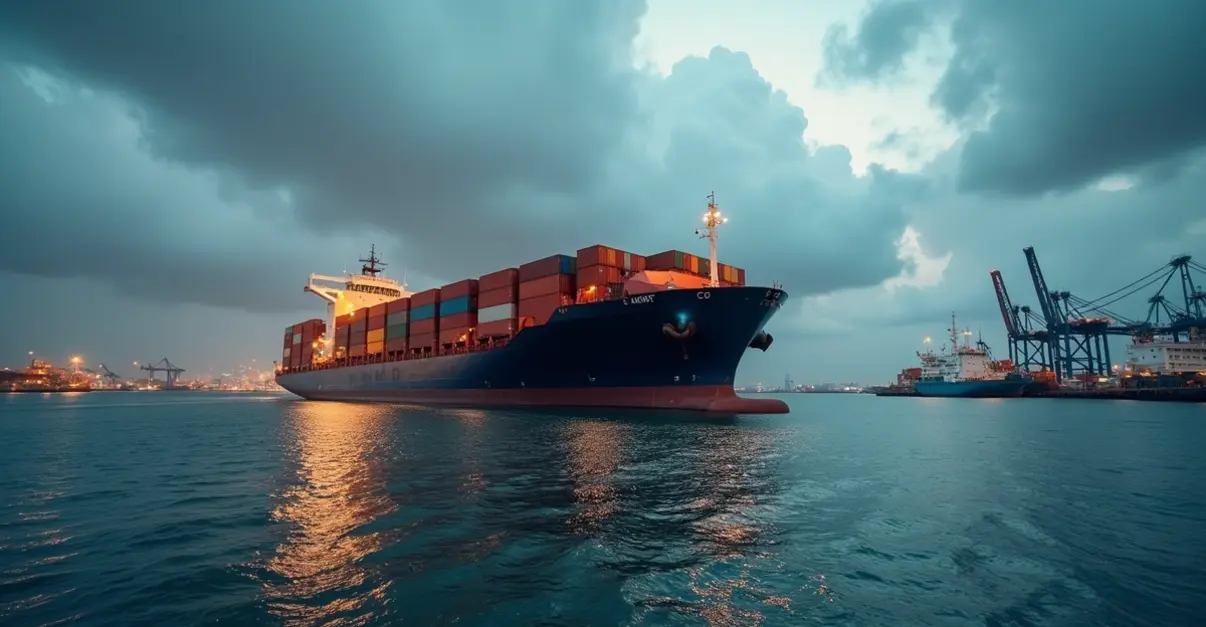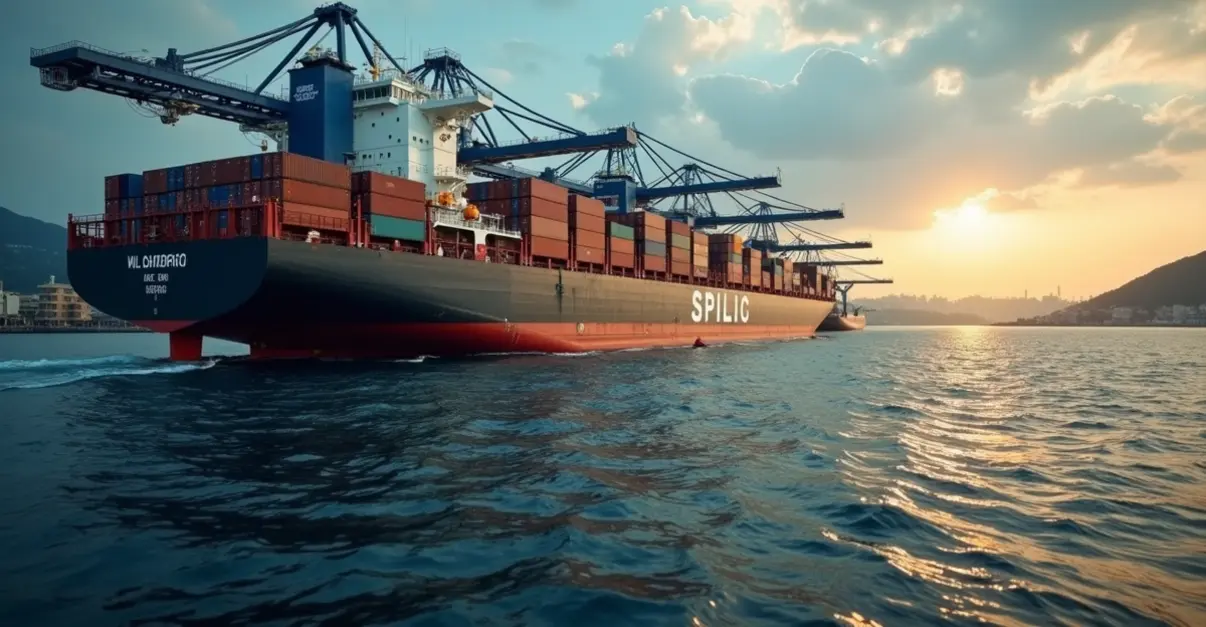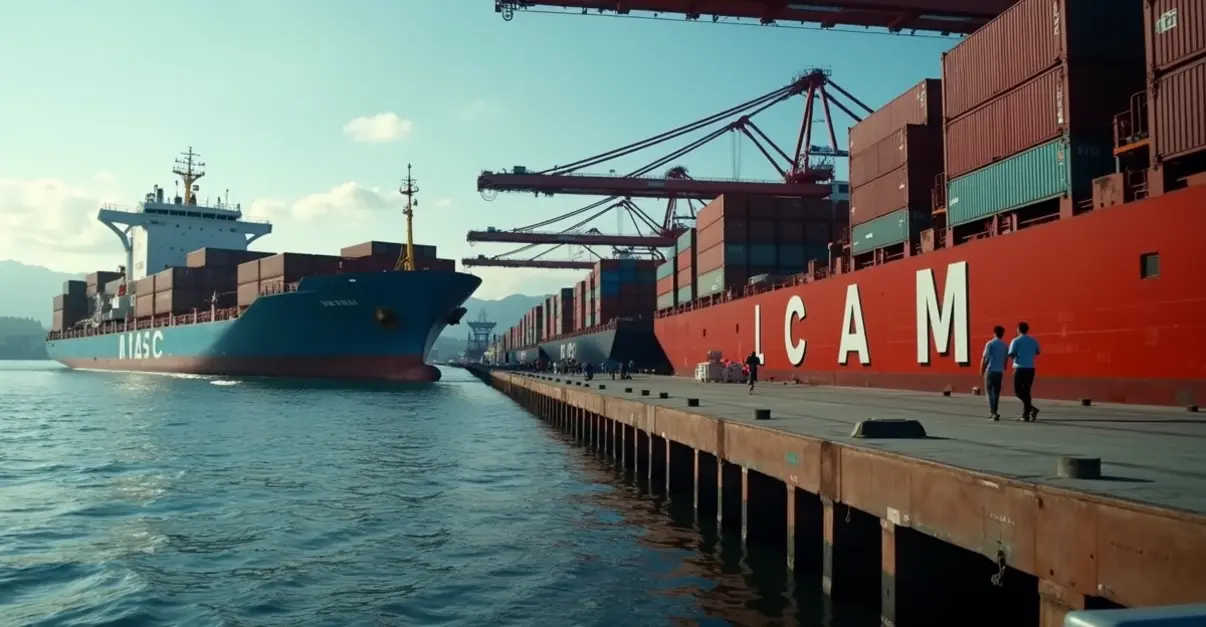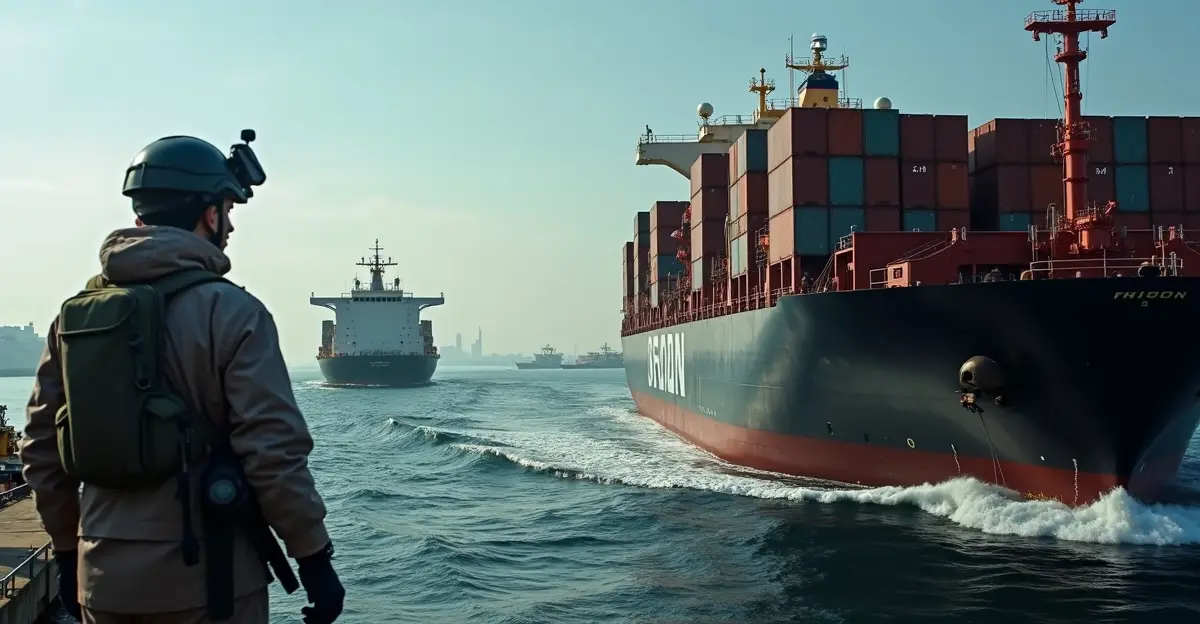Red Sea shipping faces unprecedented security crisis as Houthi attacks drive war-risk insurance premiums up 80%, forcing vessels to reroute via Cape of Good Hope. The strategic corridor handles 12% of global trade, with costs impacting consumers worldwide.
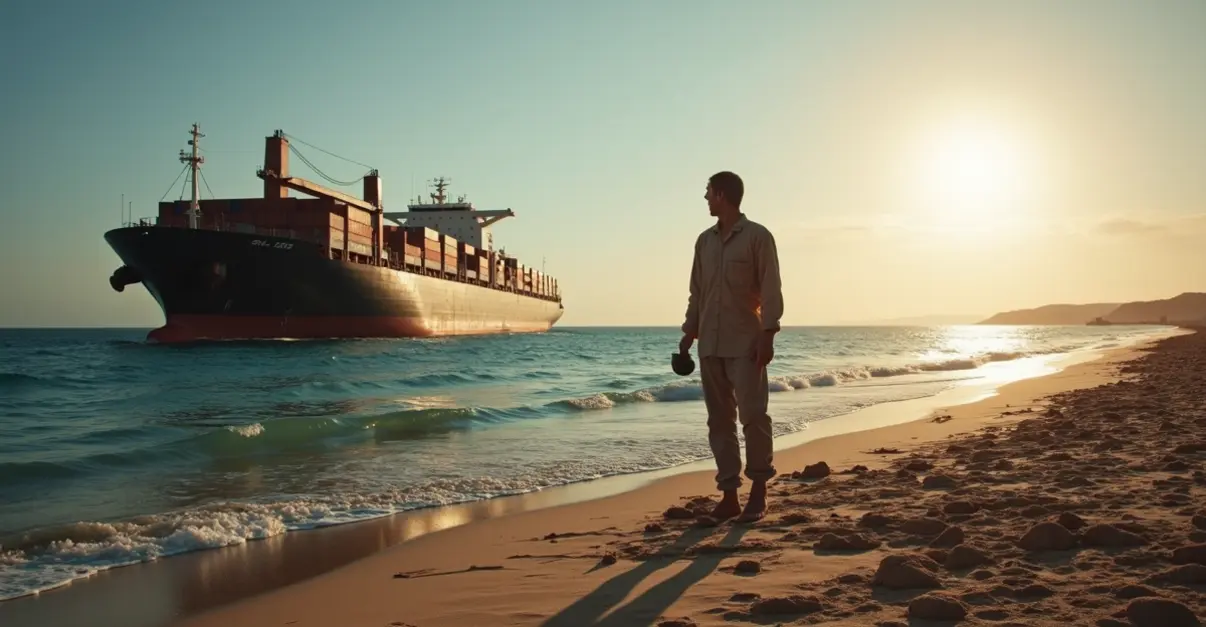
Red Sea Shipping Security Crisis Deepens as Insurance Costs Soar
The strategic Red Sea shipping corridor, a vital artery for global commerce connecting Asia to Europe, is facing unprecedented security challenges that are driving insurance costs to record levels. Recent Houthi attacks on commercial vessels have created what industry experts describe as a perfect storm of risk, forcing shipping companies to make difficult decisions about route selection and security measures.
Insurance Premiums Surge by 80%
War-risk insurance premiums for vessels transiting the Red Sea have skyrocketed by up to 80% in recent weeks, according to multiple industry sources. 'We're seeing premiums jump from 0.3% to as much as 1% of vessel value, which translates to hundreds of thousands of dollars in additional costs per voyage,' explains marine insurance specialist Sarah Chen from Business Insurance. 'For a $100 million vessel, that means insurance costs could reach $1 million per trip through the Red Sea.'
The dramatic increase follows multiple attacks on commercial shipping near the Bab el-Mandeb Strait, a narrow 26-kilometer-wide chokepoint that serves as the gateway between the Red Sea and Gulf of Aden. This strategic waterway handles approximately 12% of global trade, including vital energy shipments and container cargo.
Houthi Attacks Continue Despite International Efforts
According to the U.S. Maritime Administration, there have been at least 113 separate Houthi attacks on commercial vessels since November 2023, resulting in four mariner deaths and one vessel seizure affecting over 60 nations. The attacks have involved various weapons including ballistic missiles, drones, and unmanned surface vehicles.
'Despite international naval coalitions and military responses, the attacks continue to pose a significant threat to commercial shipping,' notes maritime security analyst David Rodriguez. 'The situation remains volatile, and we're seeing underwriters becoming increasingly selective about which vessels they'll insure.'
Alternative Routes Add Significant Costs
Many shipping companies are opting to reroute vessels around Africa's Cape of Good Hope, adding 10-14 days to Asia-Europe voyages. While this avoids the immediate security risks, it comes with substantial operational costs. 'The additional fuel consumption and extended transit times mean we're looking at increased costs of $700,000 to $1 million per vessel for the longer route,' explains shipping executive Maria Santos from Argus Media.
The economic impact extends beyond direct shipping costs. According to Atlas Institute analysis, the crisis has reduced Suez Canal traffic by 57.5% and is contributing to higher inflation through increased transportation costs that eventually reach consumers.
Industry Response and Future Outlook
Larger shipping companies are responding by negotiating collective insurance packages and forming informal convoys to share security resources. 'We're seeing carriers band together to create safety in numbers,' says logistics expert James Wilson. 'But smaller operators are being squeezed out of the market as they can't absorb these additional costs.'
Ocean Network Express CEO Jeremy Nixon predicts that Cape of Good Hope reroutes will likely persist well into 2025 as the industry adapts to ongoing disruptions. The extended detours have become necessary due to continued geopolitical tensions and security concerns in traditional shipping lanes.
With peak export season approaching, analysts warn that the Red Sea could become one of the world's most expensive maritime corridors, potentially forcing structural changes in global shipping patterns that could have lasting implications for international trade and supply chain resilience.

 Nederlands
Nederlands
 English
English
 Deutsch
Deutsch
 Français
Français
 Español
Español
 Português
Português




